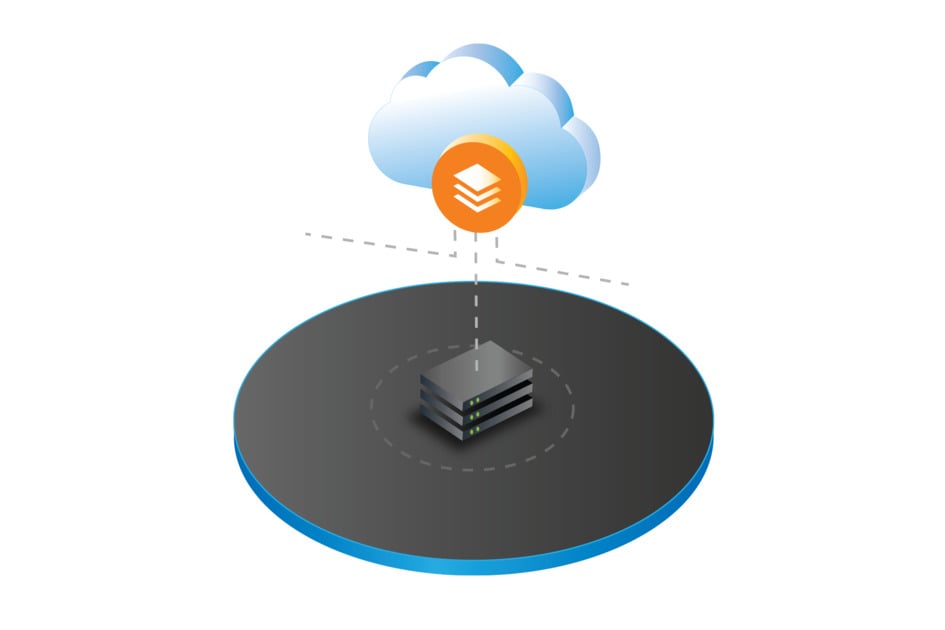Global energy consumption has risen almost every year since 1990, and the US Energy Information Administration expects it to keep growing for at least the next thirty years. This trend continues apace despite the energy-efficient refrigerators on the market, the more insulated houses and apartments being built, and the shift to hybrid and electric vehicles. Modern lifestyles are simply demanding more and more energy.
It’s the same for cell sites, which are steadily demanding more and more power at the top of the tower. New radios, as well as those in development, need more energy to help meet the world’s insatiable thirst for more capacity and faster throughput. These radios, whether in an LTE network or a new 5G network with a massive MIMO architecture, have raised the average wattage requirements per remote radio unit (RRU) from 100-300 watts (at the turn of the century) to one-to-two kilowatts today. Moreover, operators are installing more RRUs at the tower top than ever before.
CLICK TO TWEET: CommScope’s Jeff Epstein explains how the new PowerShift 2000FA can supply up to 2000W per RRU in one-rack chassis.
The time-honored and tested way to deliver power to these new RRUs was to install new copper cables. These new cables would typically be thicker to handle the additional power load. Thicker cables are heavier – and heavier cables on a tower means a longer installation or upgrade and often a costlier lease.
What the industry needed was a way to keep using the same copper cables that were on a cell site, even as the radio’s power requirements increased. This would enable a simpler, less expensive upgrade. Also, a company could standardize their cabling, deploying the same diameter cables across all sites, thereby effectively lowering inventory costs. And, if battery backup times could be increased too, that would be a nice bonus.
A few years ago, CommScope came up with a way to achieve this with PowerShift, the industry’s first intelligent, plug-and-play DC power supply. PowerShift regulates the voltage at the RRU, keeping it at a constant -54 VDC on a steady basis, without a tower-top converter.
The newest member of the PowerShift family, the PowerShift 2000FA, can supply up to 2,000W per RRU in a one-rack chassis, supporting up to 4 RRUs per rack, with both ganged and front inputs to make connections easy in tight spaces. And yes, battery backup times are increased by up to 50 percent.
To learn more about CommScope’s PowerShift family of products, please visit us here.





